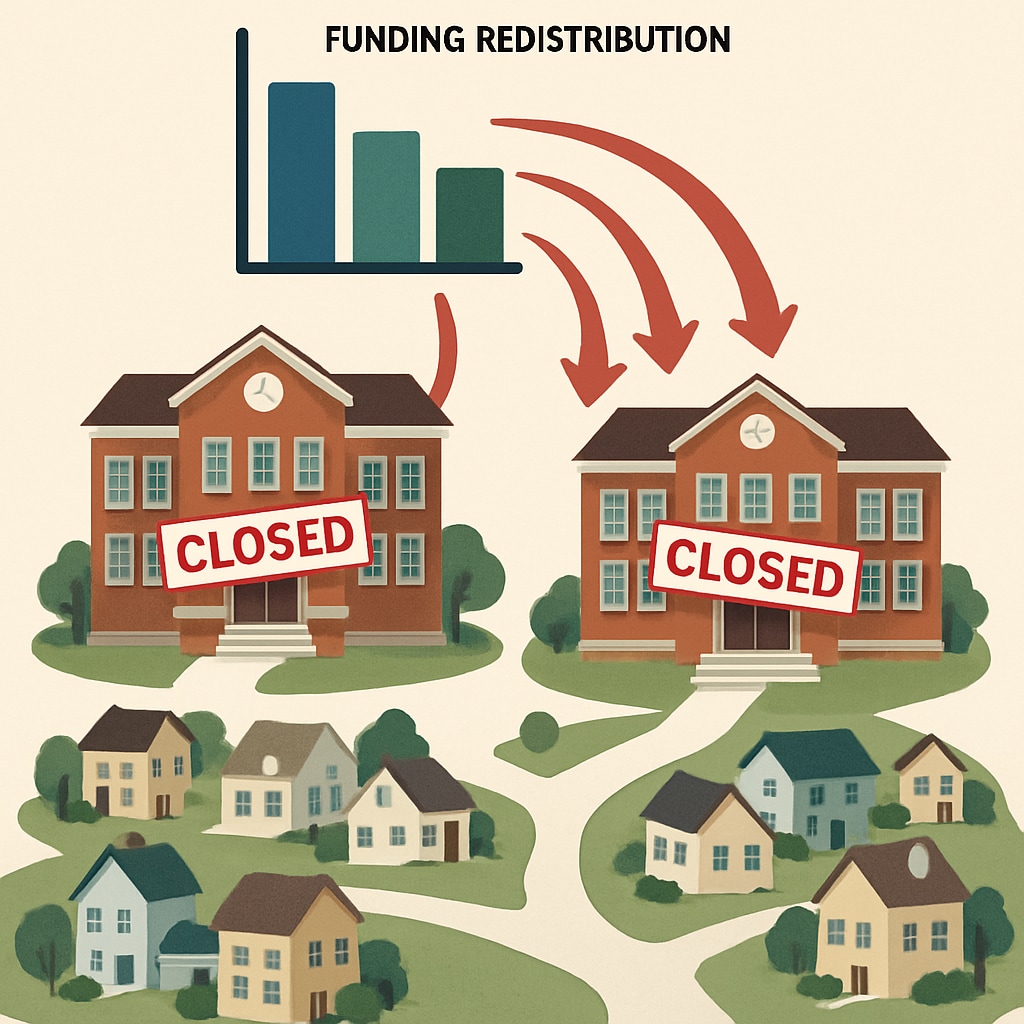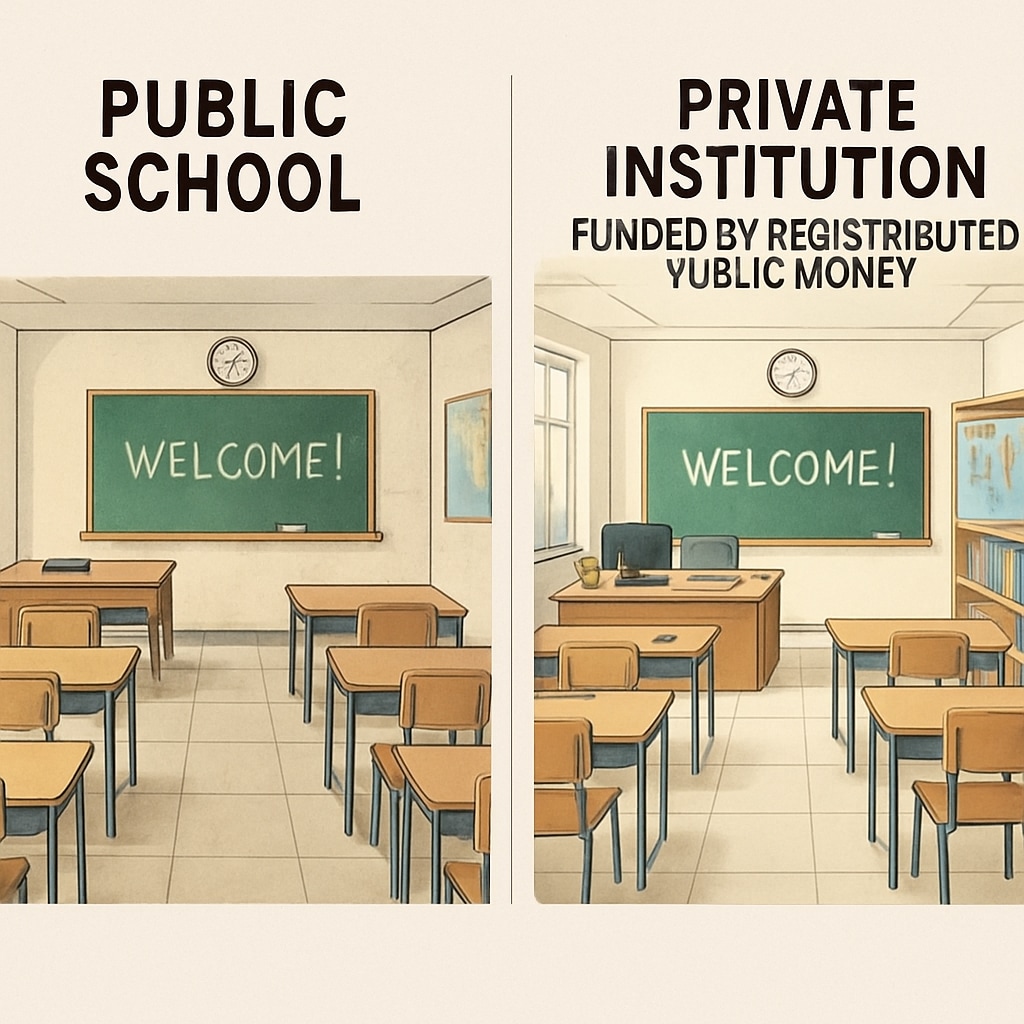Education funding privatization has emerged as a significant concern in recent years. Organizations like Stand For Children, which outwardly advocate for educational reform, are increasingly being scrutinized for their role in redirecting public education funds to private institutions. While these legislative efforts may appear to enhance education investment, their consequences for the public education system are devastating. Schools face closures, teachers are laid off, and communities are left grappling with the fallout.
The Hidden Strategy Behind Education Funding Redistribution
Stand For Children has gained attention for promoting policies that claim to improve educational outcomes. However, a closer examination reveals that these policies often divert public funds away from traditional schools to private entities, including charter schools and educational corporations. This shift is achieved through carefully crafted legislation that obscures its true impact.

For example, provisions hidden within bills often prioritize funding for private educational ventures over public schools, under the guise of “school choice” or “performance-based funding.” While these terms sound progressive, they systematically erode the resources available to public schools, forcing many to shut down. As a result, teachers face widespread layoffs, and students are displaced from their local schools.
Misleading Legislation: A Closer Look at Stand For Children’s Role
One of the most alarming aspects of Stand For Children’s approach is the use of misleading language in legislative proposals. These bills are often marketed as solutions to improve educational equity but instead funnel taxpayer dollars into private institutions. The organization’s advocacy efforts frequently mask the long-term consequences of such policies, leaving communities unaware of the impending challenges.

According to a detailed analysis by education policy experts, these legislative tactics not only weaken public education but also create an uneven playing field. Public schools, burdened by reduced budgets, struggle to maintain quality education standards, while private institutions thrive at their expense. Education systems worldwide have faced similar issues, highlighting the global relevance of this concern.
Consequences for Public Education and Communities
The impact of funding redistribution extends far beyond the classroom. For communities, the closure of public schools often leads to economic decline. Local businesses relying on the presence of schools suffer, and families are forced to relocate in search of better educational opportunities. Teachers, once pillars of their communities, find themselves unemployed and disillusioned.
Moreover, the privatization of education funding exacerbates inequality. Wealthy families can afford private schooling, while lower-income households are left with fewer options. This deepens the divide between socioeconomic classes and undermines the principle of equal access to quality education—a fundamental tenet of public schooling.
Addressing the Issue: What Can Be Done?
To combat the adverse effects of funding privatization, transparency and accountability in education policy are crucial. Stakeholders—including parents, educators, and policymakers—must demand clearer legislative language and actively scrutinize proposals that may harm public education.
Organizations like Stand For Children should be held accountable for the hidden consequences of their advocacy efforts. By supporting grassroots movements and advocating for stronger public school funding, communities can resist the trend toward privatization. Reliable information sources, such as Wikipedia’s overview of public education, provide valuable context for understanding these challenges.
Ultimately, preserving the integrity of public education requires a collective effort to prioritize the needs of students and communities over corporate interests.
Readability guidance: This article balances clear language with professional analysis. Short paragraphs and lists ensure accessibility, while transitions like “however,” “for example,” and “as a result” provide logical flow. The article avoids excessive jargon and maintains an average sentence length of 12–16 words.


